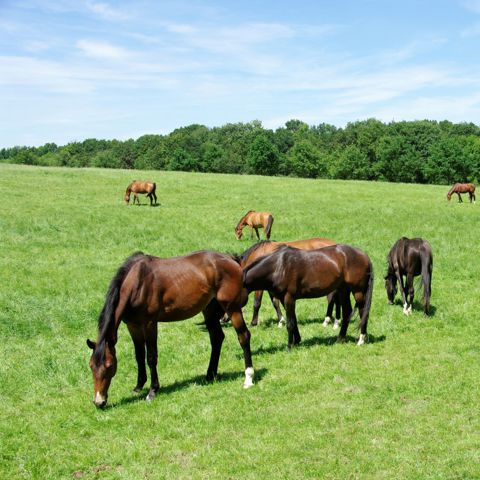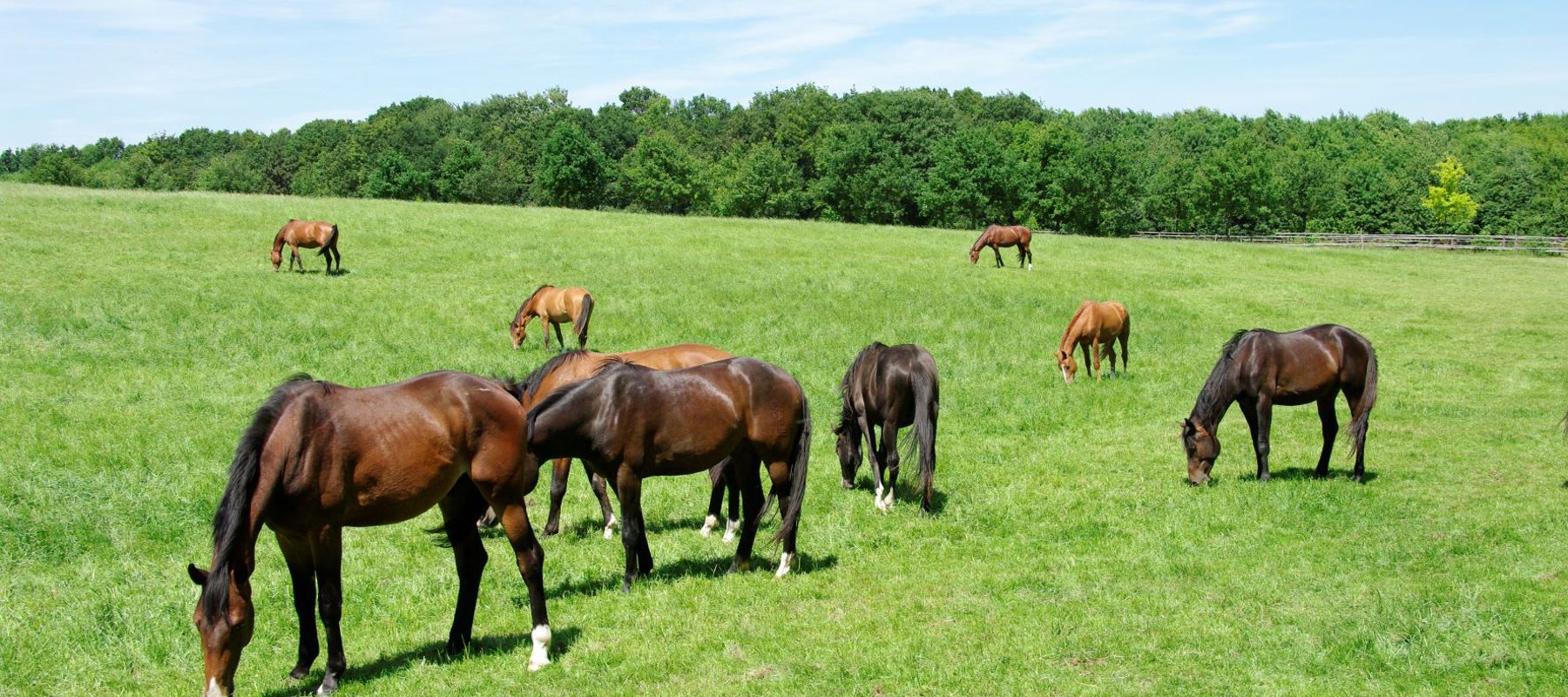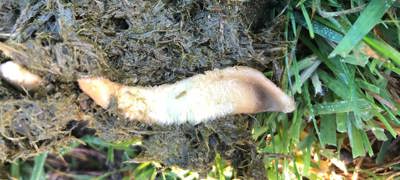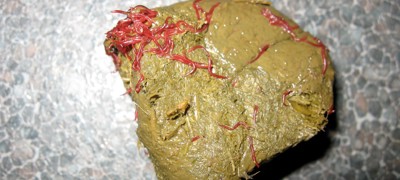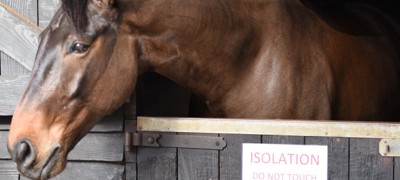Working alongside the British Equine Veterinary Association (BEVA), we’ve highlighted the strategies needed to create a tailored deworming plan for your horse led by testing, and targeted treatment only when necessary. While we’ve outlined the principles, every property and every group of horses has different requirements as it will have variations in management and horse movements. For these reasons, it is crucial to involve your vet in developing a deworming plan that best suits your horse and your yard. The greatest benefits come when everyone on the yard works together, and we would strongly recommend a whole herd approach for all horses on a property.
Yard owners and managers have a great deal to lose if their property develops populations of multi-resistant worms and to protect their pasture, they should aim for a co-ordinated testing schedule for the whole yard rather than leaving individual owners to test and treat their horses on their own. Once resistance develops on a property it cannot be reversed so yard owners should do all that they can to:
- Co-ordinate deworming programmes
- Effectively test, treat, and isolate new horses
- Minimise the use of dewormer drugs once horses are on the property.
Properties with foals and yearlings require special consideration as they need different management, testing, and treatment for worms compared to adult horses.
Faecal Worm Egg Count (FWEC)
FWECs should be carried out between spring and autumn to give an estimate of how many small redworm (stronglyle-type) eggs an individual horse is shedding in their faeces. Horses that are shedding high numbers may need to be treated to limit the level of infection on pasture. The frequency of testing should be determined with your vet’s guidance and based on your horse and its herd’s risk (see risk indicator table below).
The FWEC is a simple procedure; you just need to collect a small fresh sample of your horse’s droppings, selected from more than one nugget. Samples should be sent within 24 hours of collection to your vet or testing lab and should be kept cool before they are sent. Testing kits can also be purchased for yards that are going to perform large numbers of tests.
To make the most of the test, FWEC analysis should ideally be performed on all horses in the herd, preferably at the same time.
 play-circle
play-circle
Watch
How to collect a FWEC sample
Faecal Worm Egg Count Reduction Testing (FWECRT)
Following the results of the FWEC, or if advised by your vet, when you give your horse a dewormer we recommend checking that the treatment has worked. This simple check gives reassurance that the dewormer did its job, killed the adult worms, and has significantly reduced egg numbers in your horse’s faeces. Because of its importance in detecting dewormer resistance, many labs offer this reduction test free of charge. Talk to your vet about performing FWECRT at least once per year to check that the different dewormer drugs are still working on your property.
Tapeworm antibody tests
These tests measure the antibodies to the tapeworm present in your horse’s saliva or blood. Tapeworm eggs are not shed evenly in faeces which makes faecal testing for tapeworm eggs unreliable. An alternative means of assessing whether horses have been exposed to tapeworms is to measure antibody levels in saliva or blood. Testing kits are available through designated manufacturers, or a blood sample can be taken by your vet.
The frequency of tapeworm antibody testing should be determined with your vet’s guidance and based on your horse and its herd’s risk (see risk indicator table below). Testing should ideally be carried out on all horses in the herd at the same time. The likelihood of infection is generally highest in autumn, if you plan to test annually this is the best time1.
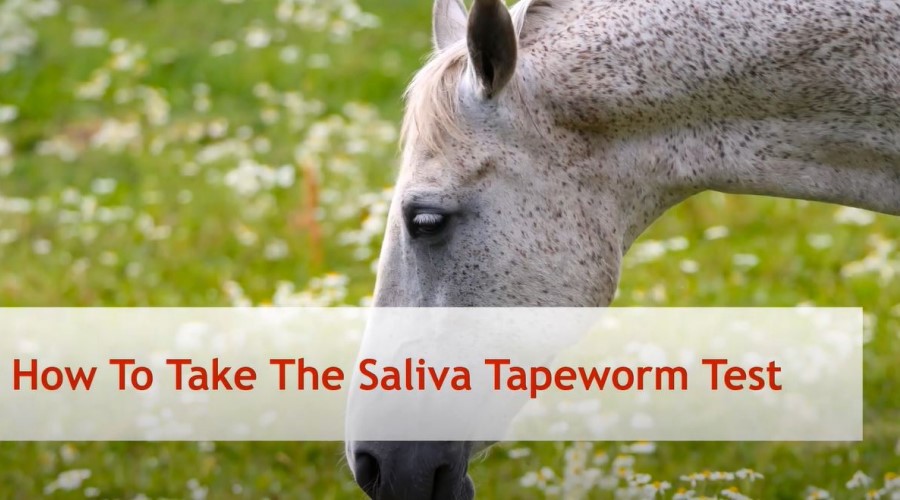 play-circle
play-circle
Watch
Taking the Saliva Tapeworm Test
Tests for Pinworm
If pinworm is suspected, a sticky tape test can be used to detect any eggs that have been laid around the horse’s anus (dock area). The sticky tape lifts cell debris and potentially pinworm eggs. The tape is examined under a microscope to look for the presence of pinworm eggs.
Assessing the need for testing and appropriate treatment
The timing and frequency of testing and possible treatment should be determined on a case-by-case basis, depending on your horse’s and the herd’s risk of worm infection. The table below provides information on a variety of factors which will influence the testing schedule or possible treatment for your situation and management. You should discuss these points with your vet when developing a plan for your horse or yard.
Low risk
chevron-down
chevron-up
- Repeated negative FWEC and tapeworm antibody levels
- Negative FWEC and tapeworm antibody levels across a herd/group
- Horses 5-15 years old
- Droppings on field collected at least twice per week
- Little or controlled movement of horses within the herd/ yard group
- Low stocking density*
- Good pasture management
- No youngstock
- Effective quarantine procedures in place for new arrivals
- No history of worm infection
- No history of colic
- No evidence of dewormer resistance.
Medium risk
chevron-down
chevron-up
- Low/moderate FWEC and tapeworm antibody levels
- Low FWEC and tapeworm antibody levels across a herd/group
- Horses older than 15 years old
- Irregular collection of droppings from the field
- Occasional movement of horses within the herd yard group
- Medium stocking density*
- Moderate pasture management
- No quarantine procedure for new arrivals
- History of worm infection
- History of colic
- Dewormer resistance identified on the yard by reduction testing
High risk
chevron-down
chevron-up
- High FWEC and tapeworm antibody levels
- High FWEC and tapeworm antibody levels across a herd/group
- Horses younger than 5 years old
- No collection of droppings from the field
- Frequent movement of horses within the herd/yard group
- High stocking density*
- Poor pasture management
- Grazing with youngstock
- No quarantine procedure for new arrivals
- History of worm infection
- History of colic
- Dewormer resistance identified on the yard by reduction testing
*Stocking density: The number of horses grazing the pasture. The BHS recommends a ratio of one horse per 1-1.5 acres on permanent grazing. However, this recommendation can only ever be a guide as there are many factors affecting this.
Testing, including reduction testing, should be carried out more frequently in high-risk horses /herds. Seek advice from your vet to discuss any specific risks you are facing, and the frequency of testing and possible treatment that may be required.
References
chevron-down
chevron-up
1) Rendle, D et al. (2019). Equine de-worming: a consensus on current best practice. UK Vet Equine.


